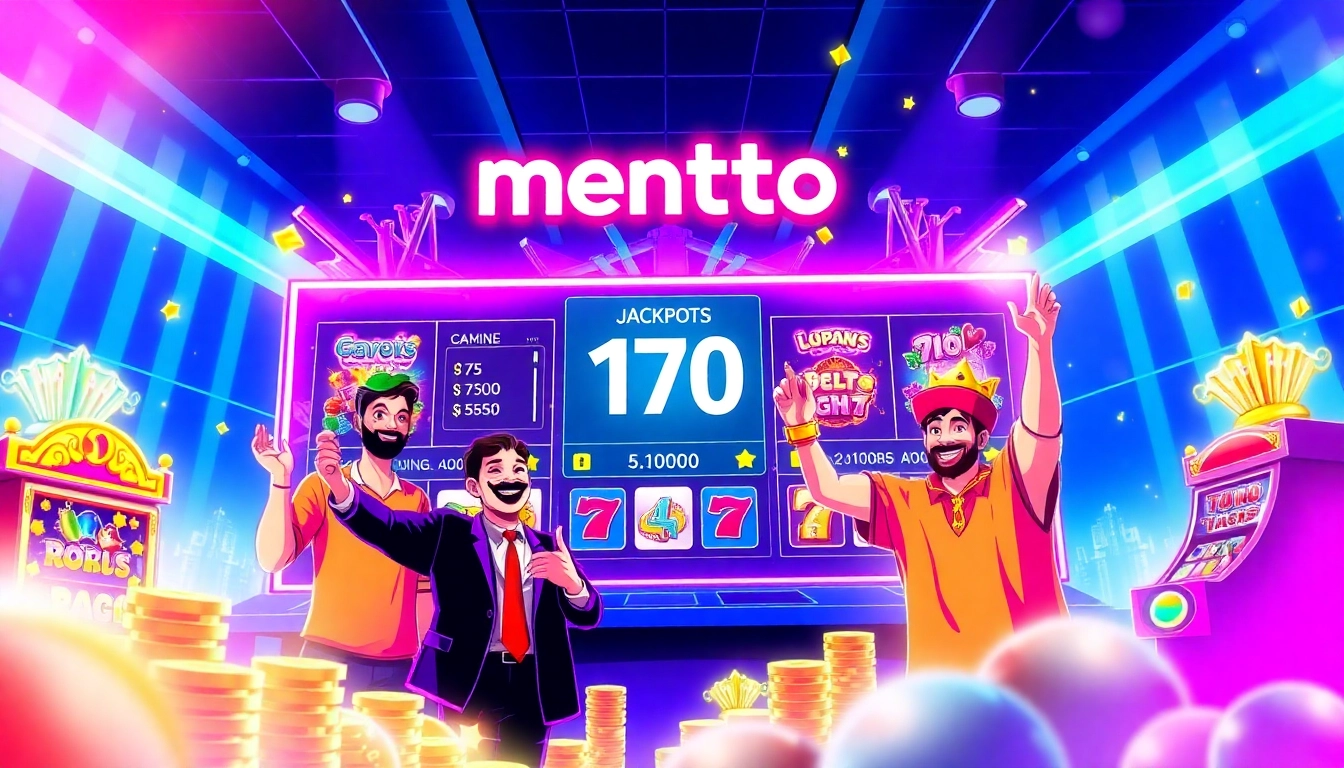Introduction: Why Saving Recipes from Social Media Matters
In today’s digital age, social media platforms like TikTok, Instagram, Facebook, and YouTube have revolutionized the way we discover and share recipes. From quick cooking hacks to intricate gourmet dishes, social media offers an endless stream of culinary inspiration at our fingertips. However, the transient nature of social media posts and the vast volume of content can make it challenging to retain and organize the recipes that truly inspire us. This is where save recipes from social media becomes essential, empowering home cooks and professional chefs alike to build a personal, accessible library of culinary favorites.
This comprehensive guide delves into the importance of effectively saving social media recipes, explores the best tools and strategies available in 2024, and offers actionable advice to streamline your culinary organization. Whether you’re an avid TikTok user or a Pinterest enthusiast, mastering the art of recipe preservation can transform your cooking experience and elevate your meal planning efficiency.
Understanding the Popularity of Social Media Recipes
Social media has democratized food discovery, breaking down barriers that traditionally compartmentalized recipe sharing within cookbooks or culinary magazines. Platforms like TikTok and Instagram have become treasure troves of user-generated content, where everyday food enthusiasts share their creations, tips, and culinary experiments. For instance, TikTok’s short video format lends itself perfectly to quick recipes and cooking techniques, while Instagram’s visual-centric approach showcases beautifully plated dishes that inspire home cooks worldwide.
According to recent trends, over 70% of social media users discover new recipes through these platforms, with many users saving content directly from posts or videos. As highlighted in discussions on Reddit and other culinary forums, there’s a growing need for dedicated tools that allow for effortless capturing and organizing of these recipes. The popularity stems not only from convenience but also from the authenticity and relatability of content shared by peers and influencers, fostering a community-driven food culture.
Moreover, the surge in food-related content has led to a shift in culinary habits. People now prefer personalized collections over static cookbooks, enabling adaptation of recipes to specific dietary needs or regional preferences. This underscores the significance of effective saving solutions to keep pace with this dynamic content landscape.
Key Challenges in Saving and Organizing Recipes
1. Content Fragmentation and Ephemeral Links
One of the primary challenges is the ephemeral nature of social media content. Many recipes are shared via short-lived posts, stories, or videos that can be deleted or altered without notice. Additionally, the link destinations might change or become inaccessible, complicating retrieval.
2. Variability in Content Format
Recipes on social media are presented in diverse formats — videos, images, text overlays, or comments — making manual saving cumbersome and inconsistent. Extracting accurate, usable recipes from cluttered posts requires effort and sometimes technical know-how.
3. Lack of Centralized Organization
Most social media platforms lack built-in tools for organizing saved recipes. Users often resort to bookmarks, screenshots, or external apps without a unified system, leading to cluttered digital spaces and difficulty in locating specific recipes later.
4. Difficulty in Sharing and Exporting
Sharing saved recipes with friends or exporting them to other apps (like grocery list or meal planning tools) remains a complex task without dedicated integrations. This hampers efficient meal preparation workflows.
5. Maintaining and Updating Recipes
Recipes often need modifications or updates over time. Manual updates are prone to errors and may lead to inconsistent collections, diminishing their reliability and usefulness.
Overall, these challenges highlight the need for integrated, user-friendly tools that facilitate not only saving recipes but also maintaining and accessing them seamlessly. Solutions must address content variability, ensure longevity, and support efficient organization.
Goals of a Modern Recipe Saving Solution
An effective recipe saving tool in 2024 should fulfill several key objectives:
- Ease of Use: Simplify the process of capturing and storing recipes directly from social media platforms with minimal effort.
- Comprehensive Compatibility: Support multiple platforms such as Instagram, TikTok, Facebook, YouTube, and broader web sources.
- Automation Capabilities: Reduce manual input by automatically extracting recipes from videos or images, leveraging AI and OCR technologies.
- Robust Organization: Enable tagging, categorization, and search functions for quick retrieval of recipes based on ingredients, cuisine, or meal type.
- Synchronization and Backup: Ensure recipes are synced across devices and safely backed up in the cloud.
- Integration with Meal Planning: Link saved recipes to shopping lists, meal planners, and nutrition trackers for a holistic culinary management system.
- User Privacy and Data Security: Implement strong privacy policies to secure personal collections against unauthorized access.
By aligning with these goals, a recipe saving solution not only preserves content but also transforms it into an organized, accessible, and actionable resource that enhances everyday cooking and culinary creativity.
How to Save Recipes from Social Media Platforms Effectively
Popular Apps for Saving Recipes from Instagram and TikTok
In 2024, several dedicated apps have emerged as leaders for capturing recipes directly from social media. These tools leverage automation, AI, and intuitive interfaces to simplify the process:
- Flavorish: Flavorish allows users to import recipes from Instagram, TikTok, Facebook, YouTube, and other sources by sharing or copying links. It employs AI to extract recipe details from images and videos, making saving quick and accurate.
- ReciMe: This app organizes recipes from social media and websites, enabling users to create grocery lists and meal plans effortlessly.
- Recipe Keeper: Available across platforms, it supports importing recipes via links, photos, or manual input, and synchronizes data across devices.
For seamless importing, these apps often provide browser extensions, mobile share features, or direct integrations with social media apps, ensuring that capturing a recipe doesn’t interrupt your browsing experience. The key is choosing a tool compatible with your preferred platforms and supporting automation to reduce manual typing or editing.
Step-by-Step Guide to Import Recipes from Facebook and YouTube
Importing recipes from different platforms involves specific steps tailored to each source. Here’s a typical workflow:
- From Facebook: Find the recipe post or video, tap the share button, and select the option to share to your saving app if available. Alternatively, copy the link and paste it into your recipe app’s import feature. Many apps like Flavorish automatically recognize Facebook links and extract recipe details.
- From YouTube: Locate the cooking tutorial or recipe video. Copy the URL, then use the app’s import function or paste the link. AI-powered tools can analyze the video transcript or description to extract ingredients and steps.
Automation features in apps like Flavorish can significantly streamline this process, often requiring just a single share or paste action.
Manual vs. Automated Saving: Pros and Cons
Manual Saving: Involves copying recipes, typing in ingredients, or taking screenshots. It offers complete control but is time-consuming and prone to errors. Suitable for unique or complex recipes that automation might miss.
Automated Saving: Uses AI and OCR to extract information directly from videos and images. It provides rapid, accurate capturing with minimal effort, ideal for busy home cooks or social media enthusiasts. However, it may occasionally misinterpret content, requiring manual corrections.
In practice, a hybrid approach often delivers optimal results: automation for routine captures and manual tweaks for detailed or intricate recipes.
Best Practices for Organizing Your Saved Recipes
Creating Categories and Tags for Easy Retrieval
Effective organization begins with a logical categorization system. Group recipes by cuisine, meal type, dietary restrictions, or ingredient focus. Use tags such as “vegan,” “gluten-free,” “dessert,” or “quick dinner” to facilitate searchability. Many apps allow custom tagging, which supports personalized filtering and quick access during meal planning.
For example, tagging a pasta recipe with “Italian,” “vegetarian,” and “easy” helps narrow down choices when preparing a meal based on available ingredients or dietary needs. Regularly reviewing and pruning tags can enhance usability over time.
Syncing and Backing Up Your Recipe Collection
Cloud synchronization ensures your recipes are accessible across all devices—smartphones, tablets, laptops, and desktops. Choose apps that support automatic sync with secure, encrypted storage solutions. Regular backups prevent data loss due to device failure or app crashes. Some popular approaches include using cloud services (Dropbox, Google Drive) integrated within your recipe app or opting for apps with built-in cloud storage.
Setting up scheduled backups and verifying data integrity periodically safeguards your culinary library against unforeseen issues.
Integrating Saved Recipes into Meal Planning Tools
Maximize your recipe collection by linking it with meal planning and grocery list apps. For instance, after saving a recipe, export it to a meal planner to schedule your weekly menu. Many recipe apps offer direct integrations, enabling automatic creation of shopping lists based on selected recipes.
This interconnected ecosystem reduces prep time, minimizes ingredient waste, and ensures you have all necessary items for your meal plan. Additionally, some tools analyze your saved recipes to suggest new dishes or optimize your nutritional intake.
Top Tools and Apps for Saving Recipes from Social Media in 2024
Feature Comparison of Leading Recipe Saving Apps
| App | Platform Support | Auto-Extraction | Organization Features | Sync & Backup | Integration | Pricing |
|---|---|---|---|---|---|---|
| Flavorish | Mobile (iOS/Android), Web | Yes | Tags, Folders, Search | Yes, cloud-based | Meal planners, shopping lists | Freemium (Subscription for premium features) |
| ReciMe | iOS, Android, Web | Partial (from links) | Categorization, favorites | Yes | Grocery, calendar | Free with ads, Premium options |
| Recipe Keeper | iOS, Android, Windows, Mac | Manual/import | Tags, Favorites, Search | Yes, cross-platform sync | None integrated | Paid app |
Tips for Choosing the Right App for Your Needs
- Platform Compatibility: Ensure the app supports your devices.
- Automation Features: Prioritize apps with AI-driven import if you frequently save content from videos or images.
- Organizational Tools: Look for tagging, categorization, and search functionalities that match your specific workflow.
- Data Security: Verify privacy policies and backup options to protect your recipes.
- Cost Considerations: Balance your budget with the features offered; many apps provide free tiers that cover basic needs.
Maximizing App Features for Better Organization
Once your preferred app is selected, leverage its full potential:
- Use consistent tagging schemes and naming conventions.
- Create folders for different cuisines or meal types.
- Regularly review and update your tags to improve searchability.
- Integrate the app with meal planner and shopping list features to streamline cooking prep.
- Backup your collection frequently to avoid data loss.
Measuring Success and Improving Your Recipe Collection
Tracking Usage and Recipe Popularity
Monitor which recipes you use most often to identify favorites and eliminate redundant or rarely used content. Many apps provide analytics or usage history, allowing you to analyze patterns over time. This insight helps refine your collection to focus on recipes that truly enhance your cooking routines.
Refining Your System Based on Experience
Continuous improvement is key. Adjust your tagging and categorization as your collection grows. Consolidate duplicate recipes, update outdated instructions, and add notes for modifications. Seek feedback or community input on sharing recipes to enrich your library.
Periodically review your organization system to ensure it remains intuitive and efficient.
Future Trends in Social Media Recipe Saving Technologies
Looking ahead, expect advancements such as:
- AI-enhanced personal chefs: Personalized recipe suggestions based on your social media habits and dietary preferences.
- Voice-command integration: Saving and querying recipes through smart speakers or voice assistants.
- Augmented Reality (AR): Visualizing recipes and cooking steps interactively in your kitchen space.
- Cross-platform ecosystem: Seamless synchronization between social media, recipe apps, meal planners, and grocery services.
Embracing these innovations will make saving and organizing social media recipes even more intuitive and integrated into everyday cooking.


